The culture and heritage woven through the Welsh woollen industry
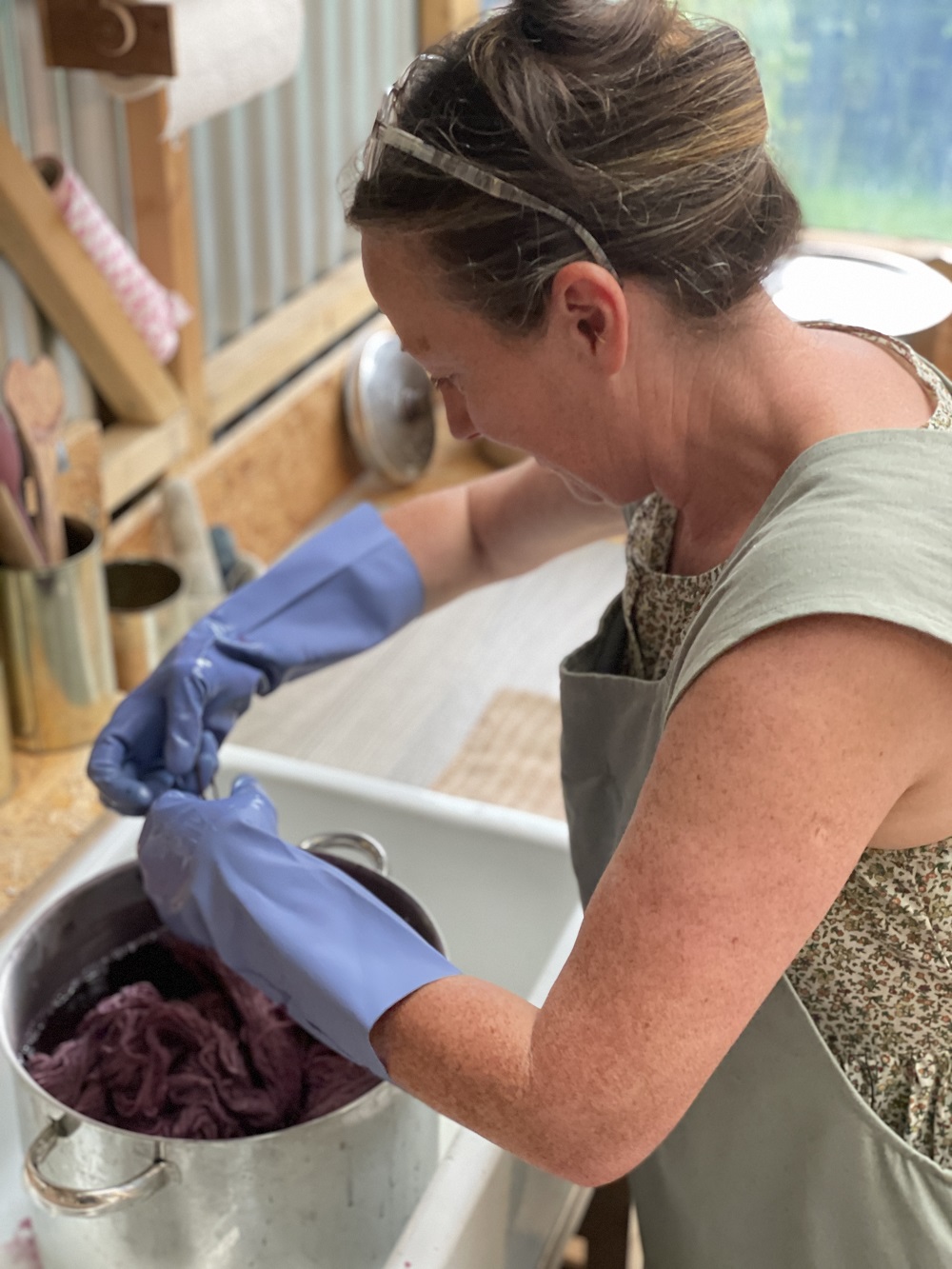
Meg Pirie
Owner of indie-label Nellie and Eve, Helen Hickman, utilises plants to dye locally-sourced wool from mid-Wales, foraging in the Welsh countryside and drawing on old recipes for the workshops which she runs.
Helen says: “We have a resource in this country that is everywhere and yet globally only 1% of textile production is wool – this is a desperate situation. There are more sheep than people, and wool would provide clothing, warmth and compost. Wool fits into the sustainability narrative. Why aren’t we singing about it?”
To delve further into this question, I drove to Melin Tregwynt on a cold spring morning, along the B-road from the north of Wales. For the mile or so approaching the mill, the sheep grazing along the winding road felt secluded against the hedgerows covered in sunny gorse.
The mill itself stood proudly, a haze of white and blue, against the landscape. Here I met with owner Amanda Griffiths. When asked about the cultural importance of keeping Melin Tregwynt running, she approached the topic with a visceral and clear succession plan.
Amanda herself is very driven and seemed to have a keen eye for business as well as a deep understanding of the cultural importance of retaining one of the last remaining mills, perhaps the reason Melin Tregwynt has worked with the likes of the V&A and BBC in the past.
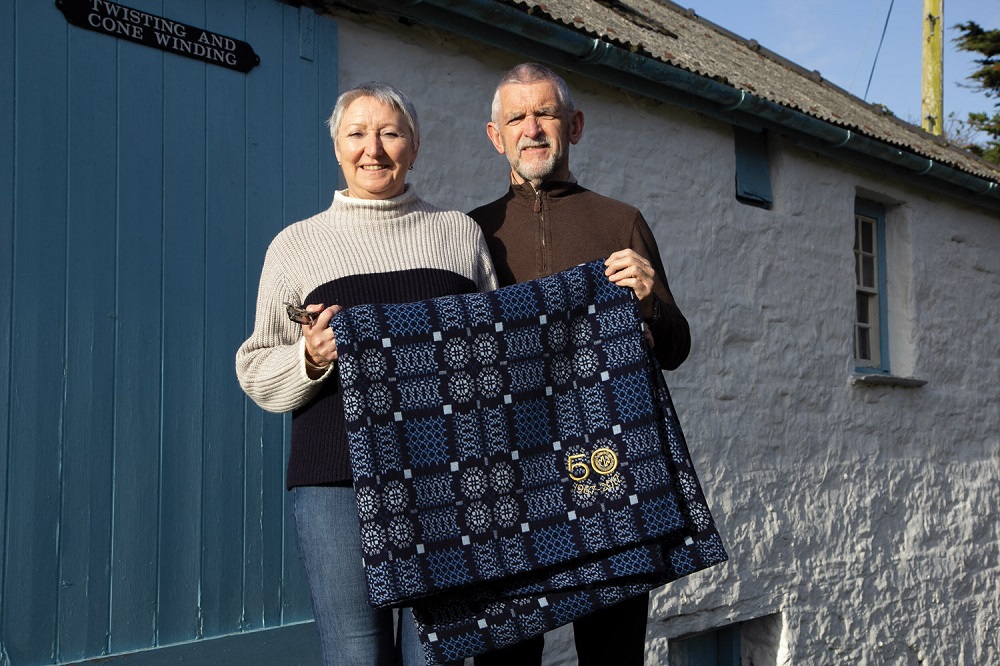
Amanda Griffiths said: “We have always been very lucky as a business in that we have always employed local people and this has been the case for the last 100 years. We currently work alongside 42 highly-skilled people and the reason for becoming an employee-ownership company is that we want to preserve a piece of Welsh culture and heritage.
“The Welsh Woollen museum is becoming more proactive in buying Melin Teifi which is a good thing. Their collections should be preserved and deserve to be shown in a setting like this.”
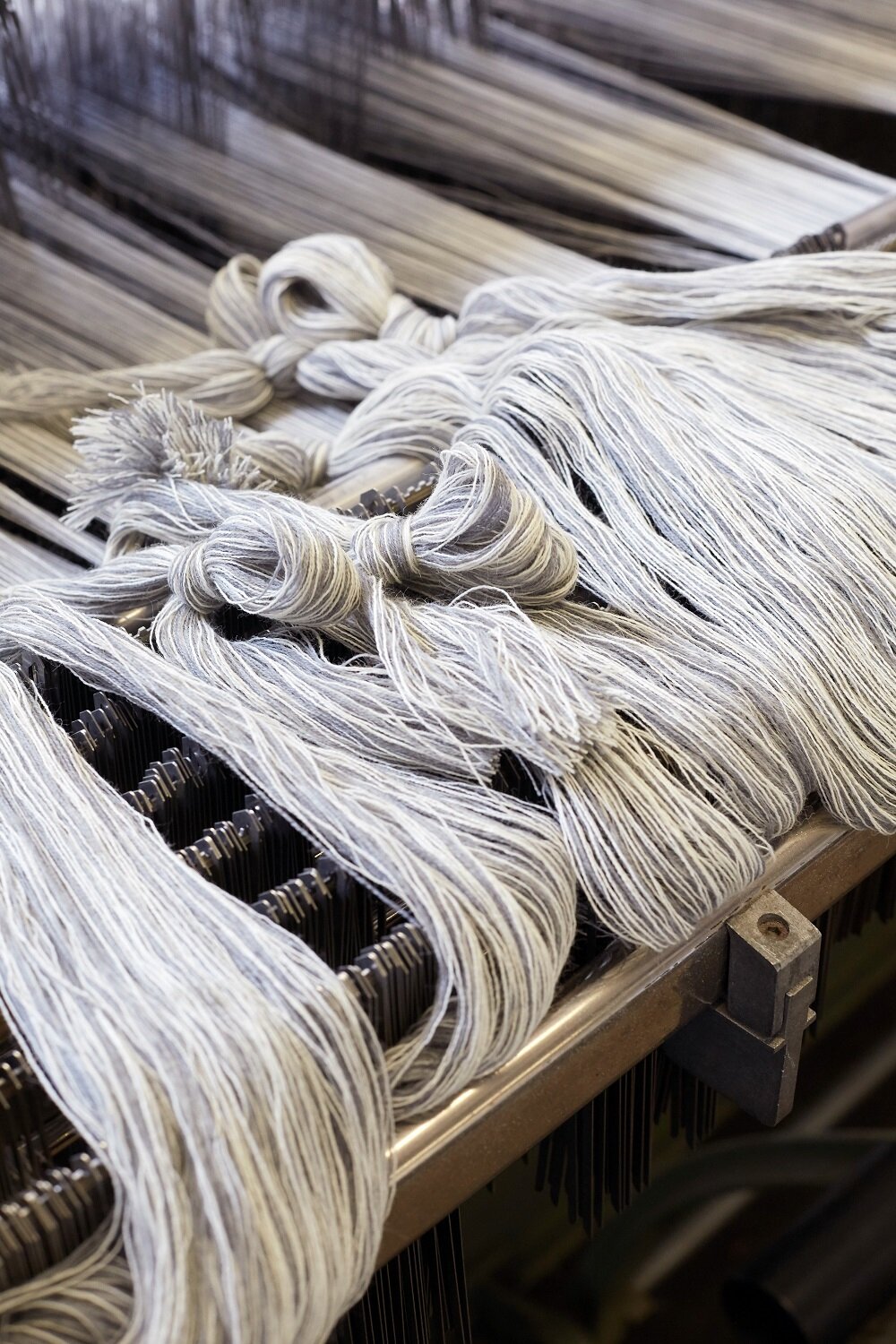
For thousands of years, Wales has had a deep connection with wool. Since the middle ages, local communities have shorn sheep, washed fleeces, carded and woven. There was a time where there was hardly a community in Wales that didn’t have its contingency of shearers, spinners, weavers, fullers and dyers.
In fact, spinning wheels were so prolific that they were classed as an essential piece of domestic equipment. Dyeing recipes were passed down through generations and vegetable dyes from heather, madder, fox gloves and blackberries, were foraged for and added to metallic mordants to dye the wool.
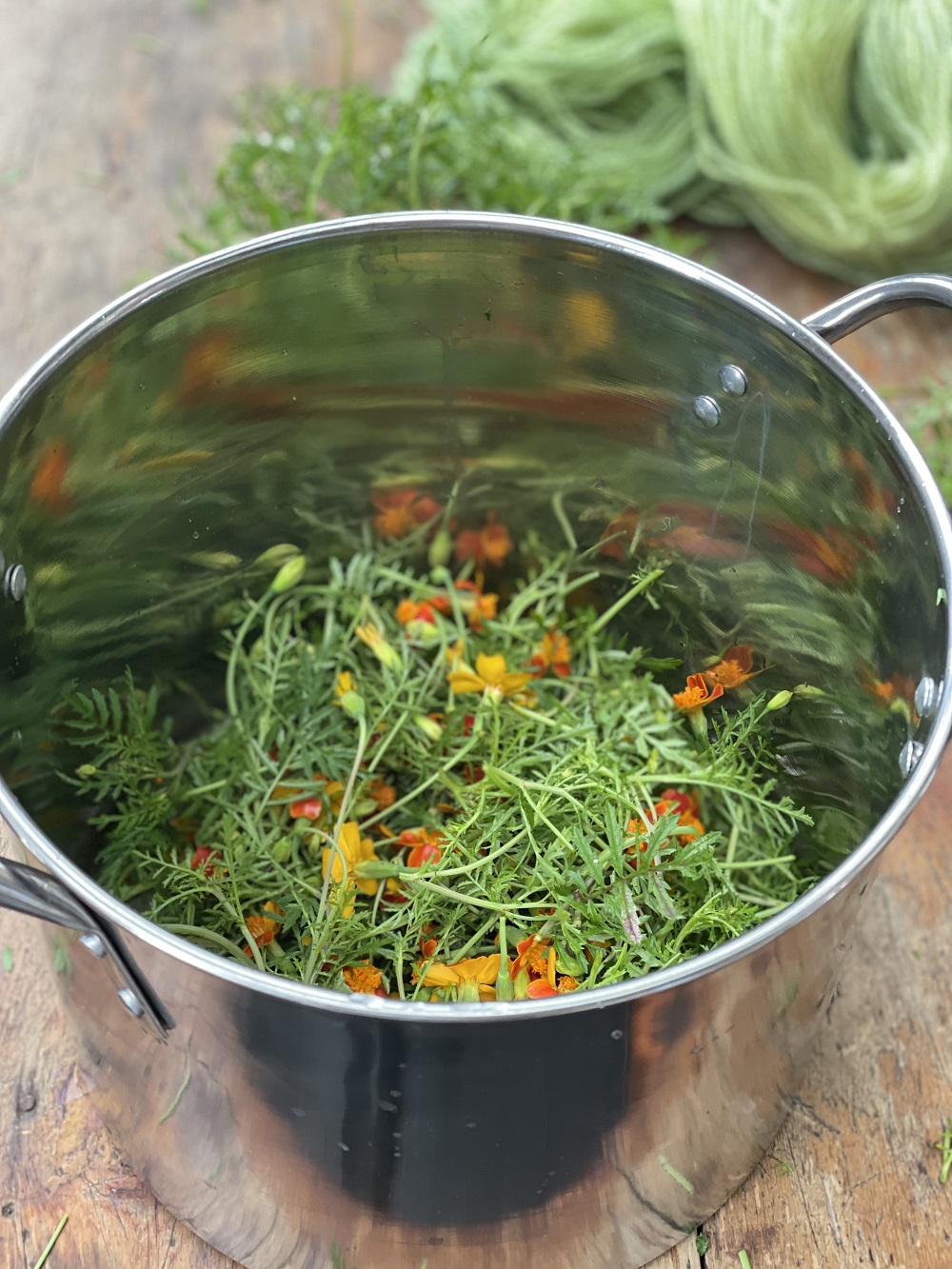
Helen Hickman of Nellie and Eve adds: “I solely use plant dyes and the locally-sourced wool I spin lends itself to the concept of exploring natural dyes. When I began, I started dyeing with nettles and looked along the hedgerows in the garden, imparting natural colours to a natural product, without chemicals.
“There’s so much you can do with just a little chemistry knowledge and a PH table, you can create a whole range of tones and colours from just one plant.”
Place names
During the early 20th century, the majority of rural woollen mills worked symbiotically with natural resources and local farming communities, processing raw fleeces for weaving and knitting, which were woven for everyday clothing, as well as blankets.
While hunting for a tapestry, I picked up a traditional Carthenni blanket in an antique shop. Carthenni, is the Welsh word for traditional Welsh double-weave blankets, utilised mainly for household use and classed as one of the most iconic. There is so much history woven through every fibre of this blanket that we decided to hang it in our room, preserving it as a reminder of the heritage and culture of the place where we live.
The fact that wool was the mainstay of the economy, can be seen through the widespread distribution of woollen mills and their place names. In Merionethshire, an area known to house specialised dye houses, two dwellings still bear the name ‘Lliwdy’ meaning dyehouse. The most prevalent place names connected to wool are ‘pandy’ – meaning a fulling mill (‘pan’ meaning fulling and ‘tŷ’ meaning house) and ‘melin’ – meaning mill. This connection between the woollen industry and place, provides a view that wool belongs to the Welsh language, heritage and identity.
Helen says: “There are so many places named after the mills and wool production, they are there for a reason. Closing the mills, closes up a culture and a way of life that has been here for centuries.”
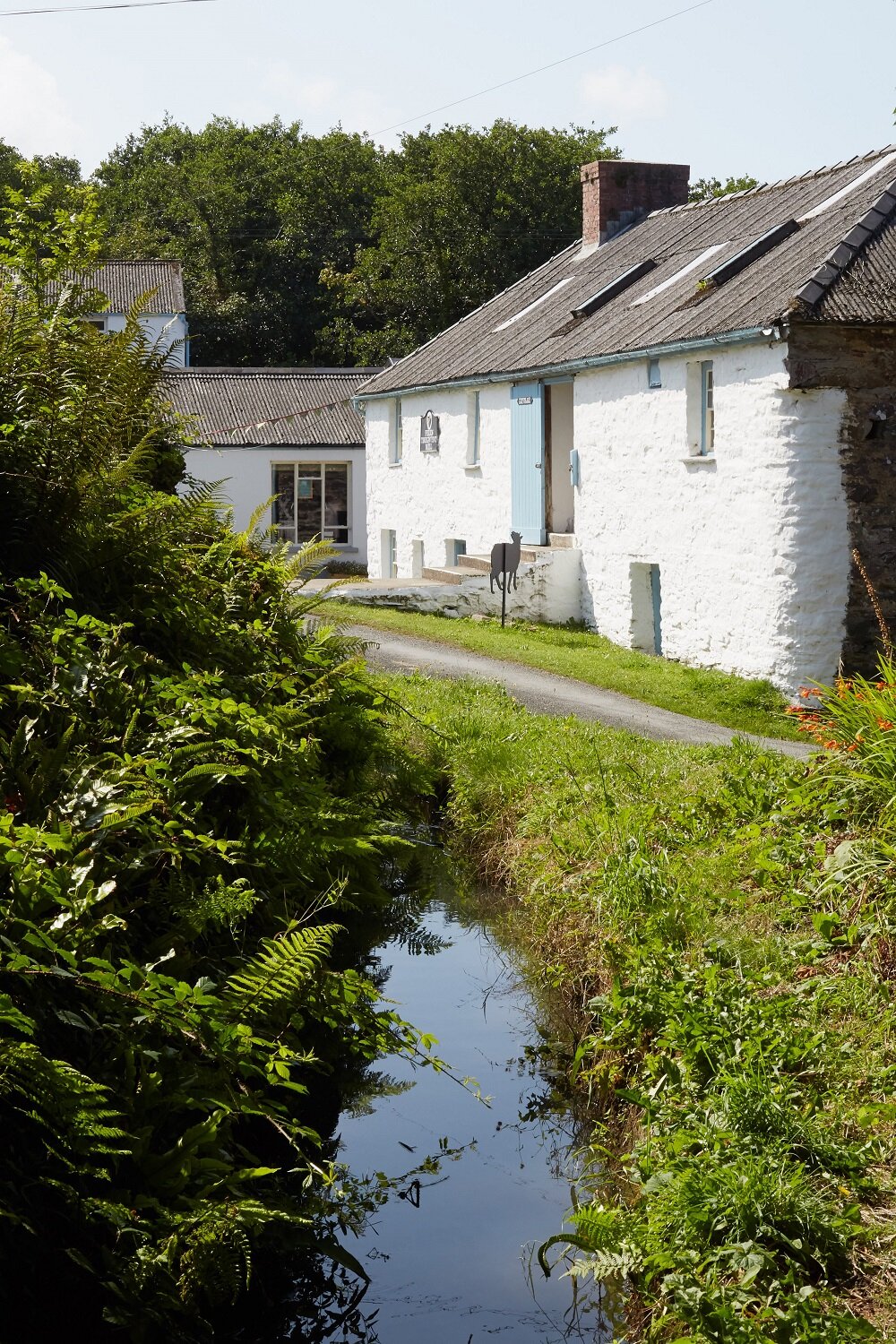
And it is this place which is perfect for this type of agriculture. The Welsh hills and lowland pastures are still home to some ten-million sheep. However, today a once-thriving industry of two-hundred and seventeen mills across Wales has dwindled to just five. Melin Teifi in Ceredigion is in the process of being taken on by The National Wool Museum, while Melin Tregwynt in Pembrokeshire, has become an employee-ownership company. However, while many mills are finding creative ways to keep their businesses going, there exists a fear that the loss of industry is eroding part of Welsh culture.
When asked if the many issues which pose a challenge for the sector, Amanda spoke of their desire to utilise more of the local fibre. Currently, they only utilise 20% of British wool, with a plan to use 80% in the next 3 – 5 years. This issue is due to lead times, with the supply chain being far too long and British wool at the right quality being not easily attainable.
To this point, Amanda said: “This needs a developmental element and we need to persuade farmers to take up selected breeding programmes. We have a fibre to be proud of at a national level. People do need to be more aligned – currently they’re too fragmented in what they’re doing.”
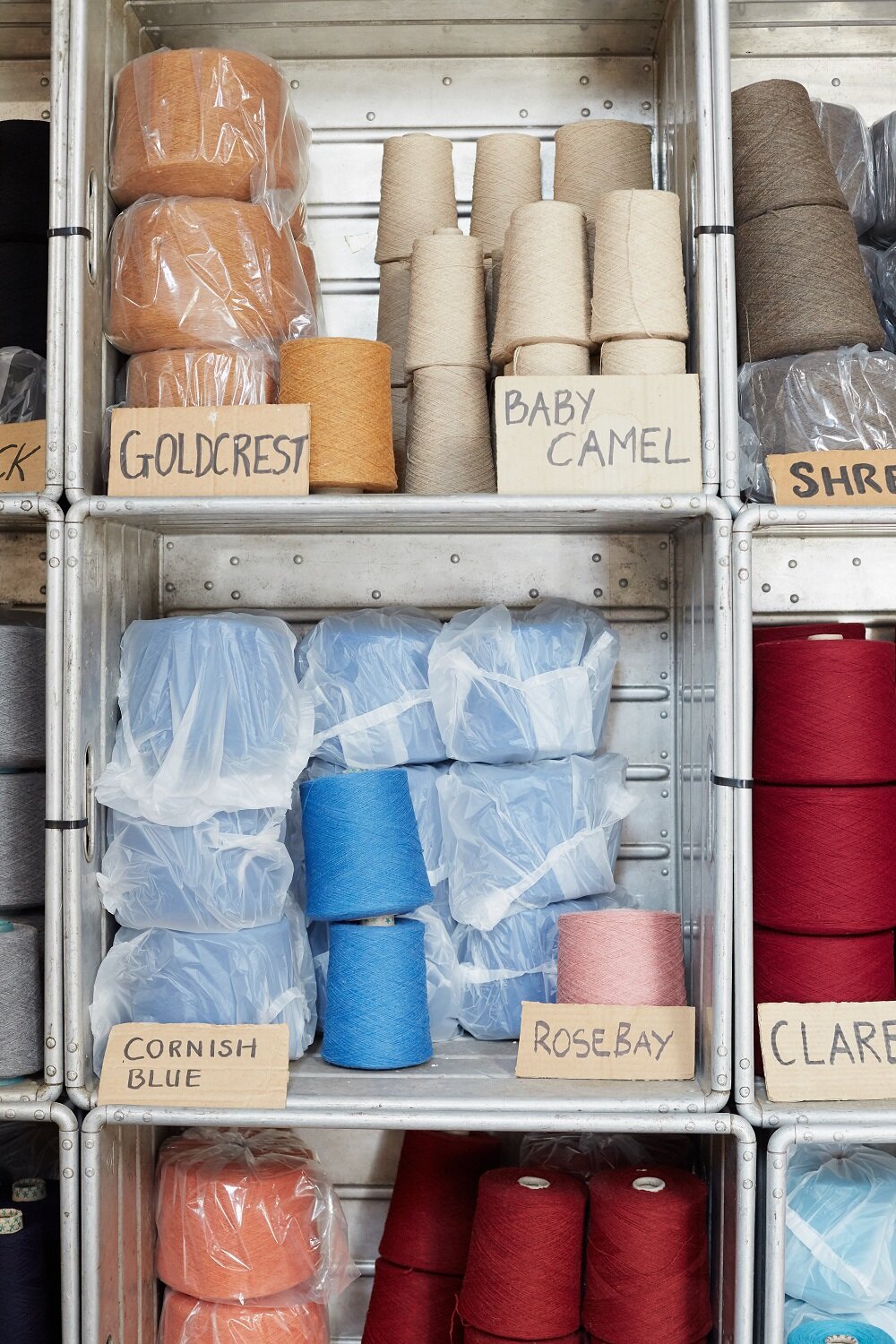
It was then that we discussed the work Melin Tregwynt and Suzi Parks had done with the Cambrian Wool Initiative. Started six years ago, the Cambrian Wool Initiative focused on whether a good quality, repeatable and traceable Welsh wool could be produced.
So my next conversation took me to Cardigan Bay, back along the sunny hedgerows and small rural businesses positioned sparsely amongst the countryside. I met with Suzi at her studio and cafe space, Stiwdio 3, who showed me the wool she’d been working on. Far from the scratchy and thick wool associated with Wales, this oozed in lustre, as soft as cashmere.
‘Lustre’
Suzi said: “The Cambrian Mountains initiative was all about seeing whether we could source and process commercial quantities of Welsh wool, specifically from the Cambrian Mountains region and bring it back to Wales as opposed to it being sorted and blended as British Wool.
“We knew it could be done as organic wool is specifically labelled, so we could do the same. The wool is now postcoded to specific farms in the region. We worked closely with the British Wool Marketing Board and the project was successful.
“Commissioning quality wool is fundamental. Our wool is described as a ‘mule’ which is a mountain sheep crossed with a blue-faced Leicester. The final quality oozes lustre and softness. Originally we only commissioned hand knitting quality yarns but since the project ended, we have worked with our spinner to produce a weaving yarn.
“Melin Tregwynt trialled this quality and woven it in a traditional Welsh double-cloth design. They have also worked on their own count of yarn to produce a quality suitable for upholstery.
“So Cambrian wool has now been developed on various ‘counts’ (thicknesses) so that we can weave commercially, blanket, upholstery and fashion fabrics. This is all about championing heritage and skills.”
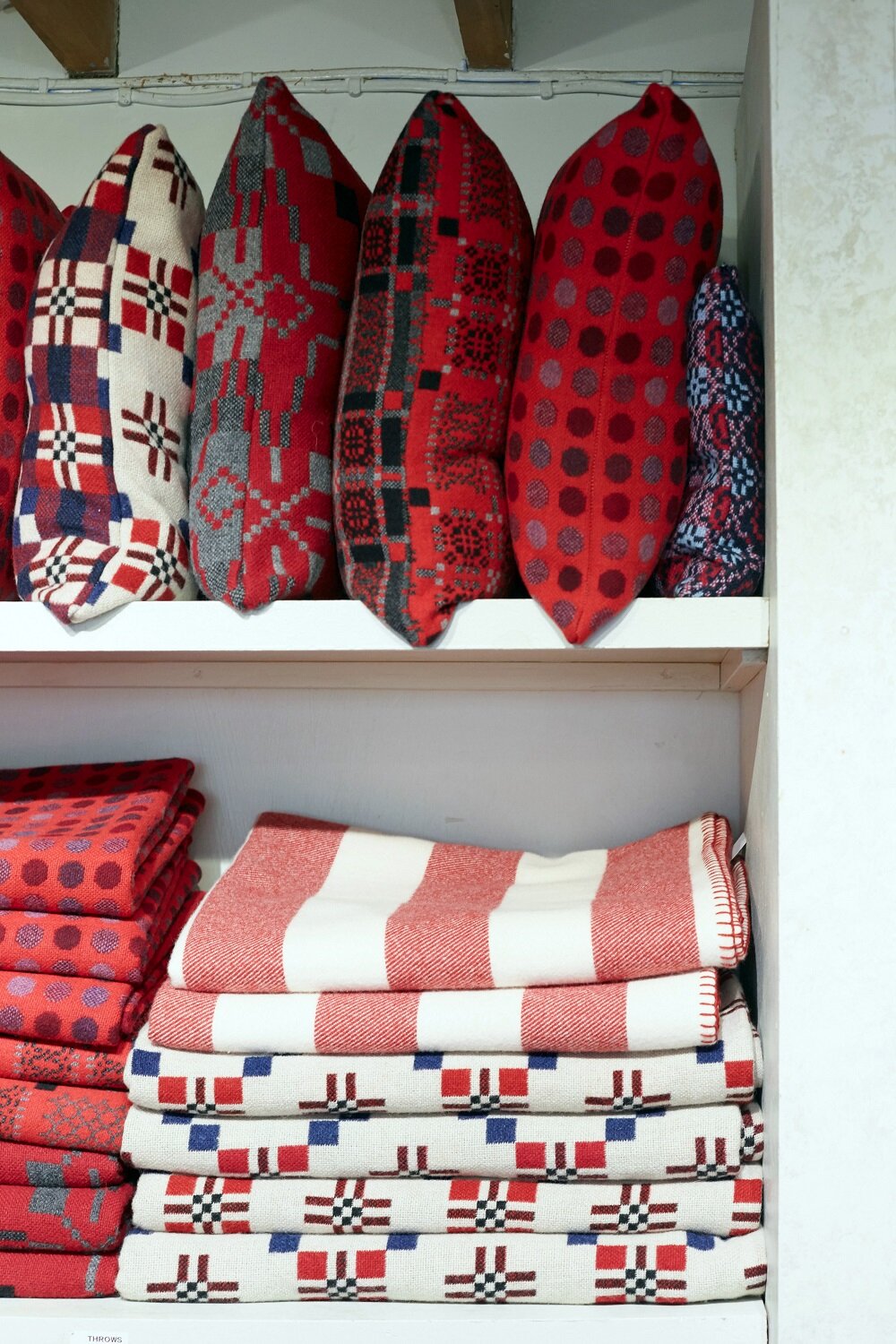
What this shows is that within the industry there are many stakeholders wanting to localise the supply chain by using locally-sourced wool, foraging for dyes in the Welsh hillside and in the case of the Cambrian Wool Initiative offering a traceable fibre, perfect for clothing and upholstery.
With so much history woven into these communities, there exists a power in proximity as a way of retaining Welsh heritage and culture, requiring collective agency.
By continuing to invest in regenerating Welsh wool, and ancestral practices, the Welsh Government would be building-up strong economic, social and environmental resilience for communities moving forward. This is particularly compelling in a view that this level of sustainability acts to preserve Welsh heritage and culture, something which would be negligent to ignore.
Support our Nation today
For the price of a cup of coffee a month you can help us create an independent, not-for-profit, national news service for the people of Wales, by the people of Wales.





Looks amazing